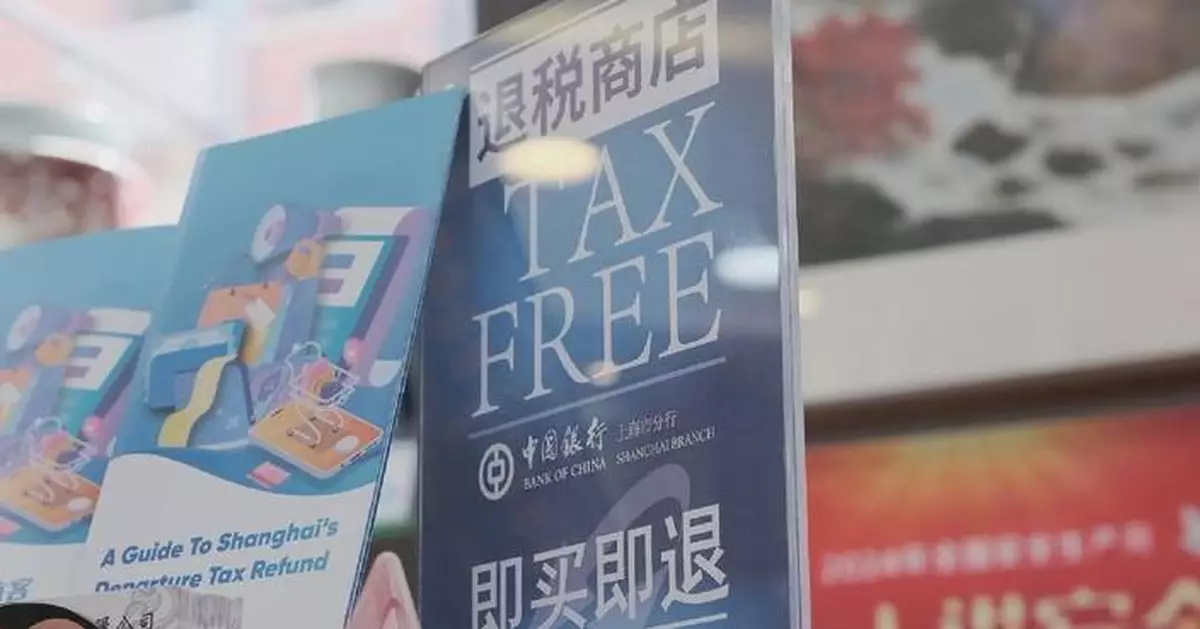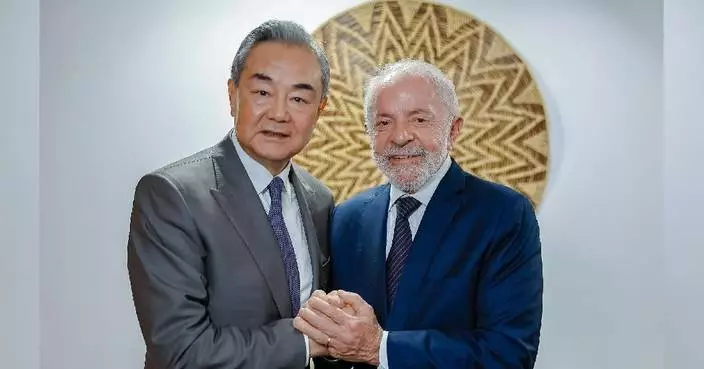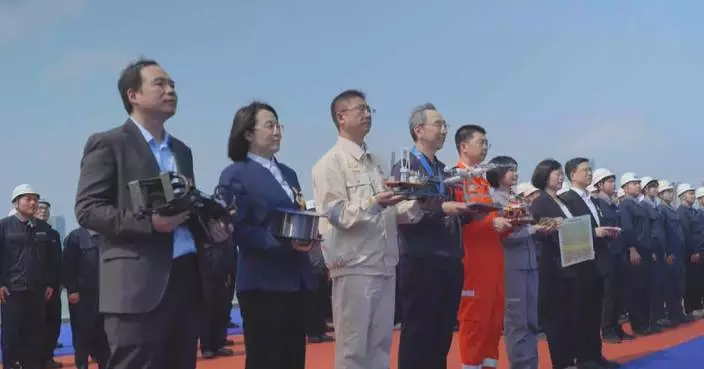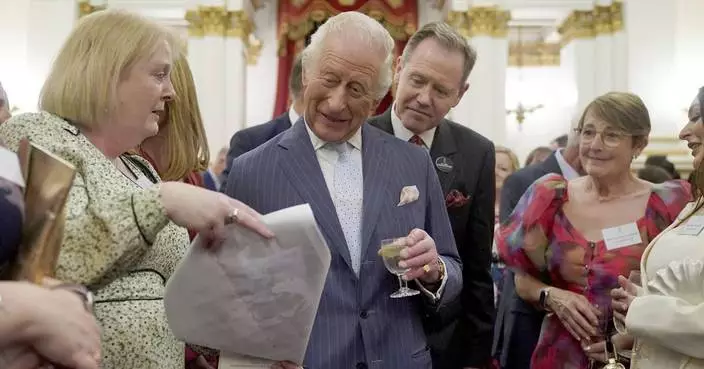China's refund-upon-purchase tax policy offers greater convenience to foreign tourists and lifts retail spending since it was rolled out nationwide on April 8.
Overseas visitors can now instantly claim value-added tax (VAT) rebates at tax-free stores after purchasing under the new refund-upon-purchase policy. Previously, VAT rebates were only available for withdrawal upon departure, often at airports. This new, more friendly practice enables shoppers to reuse the refunded amount in real-time for further shopping.
Shanghai pioneered the "refund-upon-purchase" service in 2019, making it the first Chinese city to offer this convenience. The city is also expanding the scheme to cover more stores.
At a store selling porcelain ware on a time-honored business street in Shanghai, Belgian traveler Alex De Ceuster experienced this new practice when he purchased a tea set for his friend and pleasantly received a 9-percent tax refund immediately.
"It's very convenient now that I can actually go to a shop and immediately get my tax refund. I can get up to 9 percent of my tax back, giving me enough cash to continue buying to shop some more," he said.
"You don't have to go to the airport to fill and complete all the paperwork over there, so yeah, I think it's a very convenient service. It's a nice upgrade," he added.
Business owners also reported positive impacts from the new policy. "It is a real discount for customers and also brings a sales rise for stores," said Qin Yi, deputy general manager of the porcelain shop.
Data from the State Taxation Administration showed that in 2024, the number of overseas tourists applying for tax refunds, the sales of tax-refundable goods, and the total refund amount increased by 2.3 times, 1.2 times, and 1.3 times year on year, respectively.
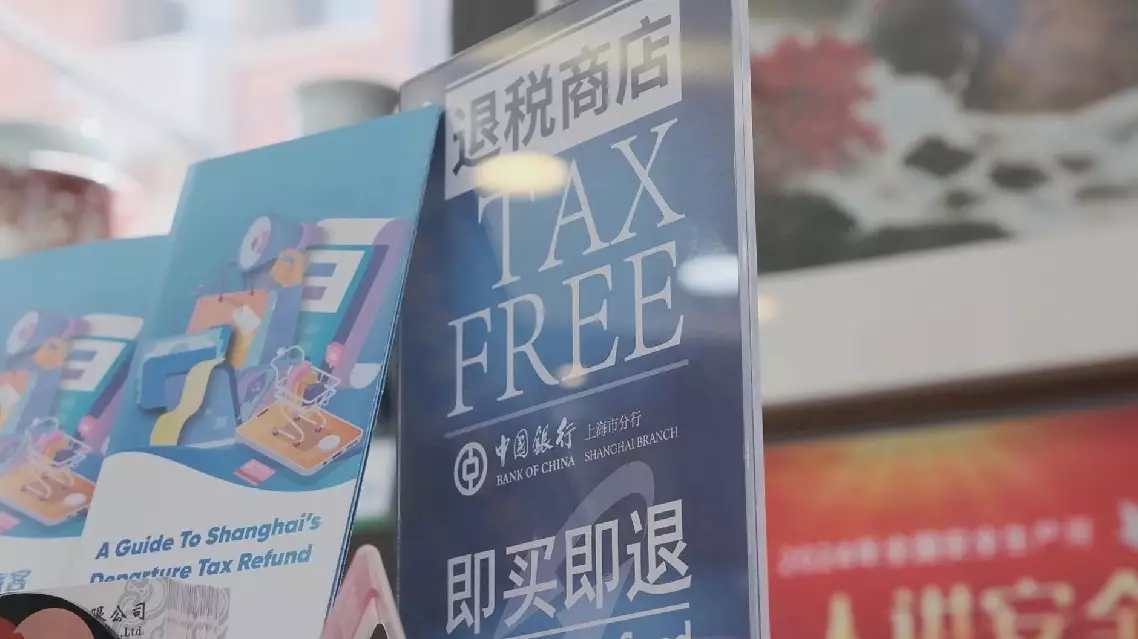
China's 'refund-on-purchase' policy more friendly to foreign travelers
U.S. tariffs on Cambodia, which were set at 49 percent, have sparked concerns among the Southeast Asian country's key export industries such as garment manufacturing amid the ensuing economic uncertainties.
On April 2, U.S. President Donald Trump announced the 49 percent "reciprocal tariff" on goods imported from Cambodia, the highest among all countries. Days later, the U.S. reduced the so-called "reciprocal tariff" to 10 percent for 90 days, offering a window period to Cambodia for negotiations with it.
Cambodian businesspeople say the tariffs have the potential to wreak havoc on the country's manufacturing sector, which, according to data from the World Bank, makes up around a fifth of the country's GDP.
"For U.S. manufacturers, definitely, there will be a big impact. If manufacturers are focusing on U.S. products, they are now in the middle. They don't know what they should do at the moment because the tariff now from Cambodia to the U.S. is actually quite high," said Dr. Ben Li, a Hong Kong investor in Cambodia and Chairman of the Cambodia Chinese Commerce Association.
Nevertheless, Li sees the tariff hike as an opportunity to export more Cambodian goods to the European Union, where a majority of Cambodian exports enjoy duty-free status.
"I always say there will be a light (at the end of the tunnel.) Even now, the U.S. tariff is so high, it's going to be so high after 90 days, we don't know. But, there's still a big market to Japan or to the European Union. There's still a big opportunity there," he said.
The Cambodian investor also believes the development of major infrastructure projects will help support Cambodia's economy.
"Especially the new canal and then the new airport, and the railways which connect to China. I believe once the logistics and infrastructure are built up, it can help the whole country's economy. By reducing the transportation costs, it can also mitigate the tariff costs," he said.
Cambodia and the U.S. held their first tariff negotiations on April 16, with more expected to follow. Local experts said the stakes are high for the country's workers.
"If this negotiation fails, there will be a significant impact. It will include the garment and travel goods sector. These sectors consist of about 1,068 factories and 930,000 workers. The income generated from these sectors is about 3 billion dollars per year. So it would significantly impact Cambodia's economy, jobs and incomes," said Chey Tech, a socio-economic research and development consultant from Dynamic Alliance Consulting.
Despite the potential risks, Tech expressed his optimism about a positive outcome, citing Cambodian Prime Minister Hun Manat's letter to Trump on April 4.
"The Prime Minister's letter confirmed that Cambodia would reduce the tariff rate for U.S. goods to 5 percent. Second, Cambodia is the least developed country. Third, Cambodia produces goods that the developed countries won't produce. We asked whether the U.S. would be able to produce these low-cost products. It cannot," said Tech.
In 2024, Cambodia exported goods of 9.9 billion dollars to the U.S., making it the country's largest market, accounting for 37 percent of Cambodia's total exports.

49-percent US tariffs sparks worry among Cambodia's key export industries



